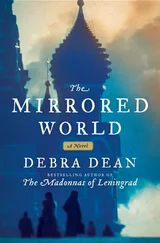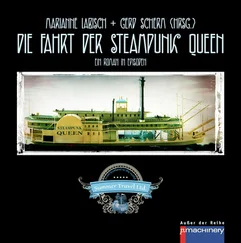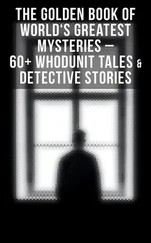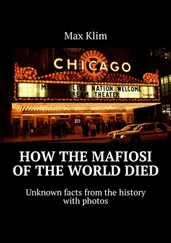Kenton never expected to win in the bush, outnumbered as he was. They fell back to the compound where they had dug foxholes and other places to hide.
To the French the compound must have appeared as a leafless forest where the trees were all six-feet high poles tipped with shining metal balls, shallow mud all over the ground and an after-smell of mulch and burnt rubber. They examined the buildings and the barracks, but found all empty. One legionnaire touched the nearest ball. Nothing happened. Then at the far end of the compound Budo emerged holding a device that looked like two polished iron hemispheres joined together with wires and metal spokes pointing outwards towards the enemy. It was the size of an adult goat, with thick cables growing out of each core and trailing behind him, woven into a tangle held up by seven infantry men. He wore elbow-length rubber gloves and half of his face was covered by a dark screen. He wobbled with the effort of manipulating the thing which looked like a giant insect.
“Close your eyes,” he screamed, and activated a trigger mechanism.
The crack that ensued was louder than thunder. Men howled with fear and despair. I had to look. A ball of fire rolled away from Budo about a foot off the ground. It seemed slow, but it bounced from pylon to pylon, leaking strands of electricity like thread from a weft coming undone. It passed through the first man and stripped his skin off in sheets, leaving a blackened skeleton. No scream. The bones crumpled to the ground, hissing in the mud.
Then, hell.
The fireball ran amok. The first one fizzled out, and Budo fired again, and a third time. There were puddles of flesh, molten gore, bones, and equipment heating and blowing up everywhere. The breeze filled our noses with sulphur and ozone and excreta. A French flag burned in isolation, lonely as the cries of dying men. The compound was alive with flames.
Scouts confirmed that the survivors had fled.
Budo pointed his fearsome device at the heavens and fired. A glowing ball of yellow light floated straight and true into the sky, trailing lightning that struck trees, flagpoles and the roof of the officer’s mess before disappearing into the clouds. I thought it was out of character for him to celebrate in this fashion, and I was right.
He dropped the smoking engine on the floor and took off the gloves. He yanked me by the arm and took me to Kenton who was yelling huzzah with his men.
“Tell the white man I have finished my task and will be on my way,” said Budo.
“Is he jesting? I don’t know if this was science or sorcery, but I have to take you to London. The Queen will have use for your talents. You’ll be under guard until I can arrange passage for you.”
I did not translate this for Budo. I said he would be released later. I wanted to spare him the feeling. Time enough to break his heart on another day. There are many events in the womb of time which will be delivered. He smiled and at that point I noticed that he was counting. His devices were also ticking, winding down to something.
“You are wrong about the French,” said Budo in English.
Kenton looked stunned, but I had already begun to suspect that Budo knew more than he revealed.
“They are not monsters any more than you English are,” said Budo. “I met many French men and women while I was in Milan and Venice. They are like you.”
“You’ve been to Italy?” said Kenton. His right hand hovered around his pistol holster.
“Many times.” Budo turned to me and said, “Run. Don’t look back.”
This was a gift, undeserved, perhaps because he knew I did him a kindness in my speech. Or perhaps he pitied my age. I sprinted away, and heard Kenton shout my name twice before a mighty rumble drowned his voice out. I looked back, like Lot’s wife, and saw the finger of God smite the outpost. An oval, brown airship hovered within the smoke of the burning buildings. A weapon projected down from the gondola and shot flames at the survivors.
Something else: I saw Omolola. She hung in the air strapped to a gas bag that strained to ascend, tethered to a tree. She helped Budo reach the airship and they floated away.
That was the last I heard of them.
The governor general of Nigeria, Lord Lugard, wrote an account of this event in volume IV of his diaries.
In 1894 a small British outpost valiantly resisted a surprise French incursion. They fought to the death, every last man Jack, preferring to burn the coastal foothold rather than surrender.
Our history is not written in the pages of books, and the story of Budo is repeated by storytellers and griots all over the West Coast of Africa, in Brazil and in Haiti. It is told by campfire and moonlight, and it is commemorated by masking. Whenever you see a Yoruba festival with a masquerade sporting gigantic goggles and strips of rubber as tassels, you are watching a re-enactment of Budo’s exploits.
One image remains clear and frightening: the eyes of Omolola as she rescued her lover. I could see that she would have burned through any number of enemies and razed the forest to the ground if it stood between her and Olufemi Budo.
It will soon be time for me to leave this world for the next. My breath comes a little harder, my thoughts a little cloudier.
My tale is done.
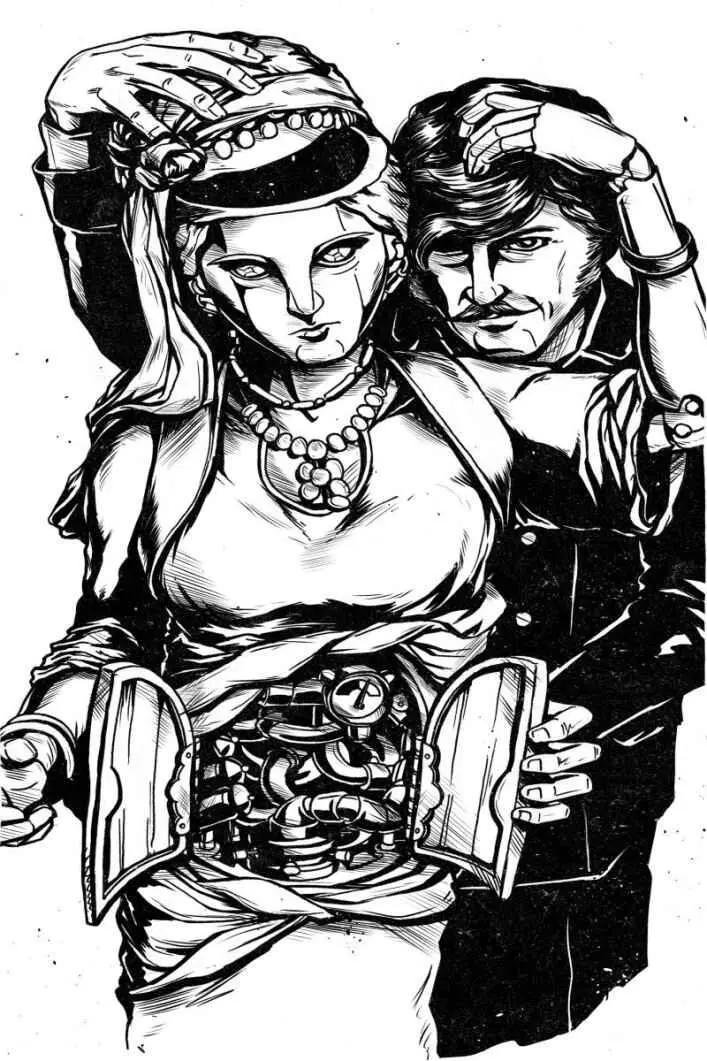
The Şehrazatın Diyoraması Tour
S. J. Chambers
The Constantinople street is drenched in pure sunlight, saturating almost all color from the scene. The tall, alabaster stone building that zigzags and narrows the passage casts a Payne’s grey shadow onto the ocher cobblestones. Despite its disparity in hue, the street is made interesting by the people who populate it. In the background, children escorted by an old man are wrapped in tattered rags. In the midground, two women wearing blue and white çarşafs steady themselves to march past a female family of ill-repute who catch the eye by leaving their marigold, emerald, and ruby silk brocade entaris uncovered.
The shrouded women also pass and ignore the dozen or so British tourists who stare at them wide-eyed and in awe. The concubines, however, leave the street and beckon these Westerners inside. It is with these women that the image transitions and the tourists who have been viewing this scene are escorted into the realm of Turkish delights without taking one actual step into the vice-den.
Of course, they don’t realize that. As far as they are concerned their bodies are being propelled. The tourists are so enthralled with the scenery around them they don’t notice it is nothing but light streaming from the Şehrazat’s orbs, and that they are standing and static around her in the diorama gallery of the Imperial Ottoman Museum.
The immersion begins the moment they enter the building.
Waifs hired from off the street usher them into an empty and barren gallery. The only artifact in the room is what appears to be a life-sized sculpture, but is, in fact, the main attraction: the Şehrazatın Diyoraması .
Dressed like a sheik’s daughter with only her face and forearms exposed, she wears a beautiful variegated turban knotted at the side of her temple, and an aigrette of gold coins adorns her brow. She wears ribboned amulets and pay-i-çifts of pearls and turquoise, and underneath her kaftan flashes the violet-embroidered, rose-dusk silk of her shalwar . Her flesh is carved from ivory, and upon close inspection, was delicately put together with bronze ligaments and socketry. This allows for some movement—her head can swivel and her arms gesture and rest—but she is for the most part immobile. Her face is completely inanimate; her pulchritude is composed of general features, high cheekbones and full lips. She has solid glass eyes sans pupils and a face with a frozen, pensive gaze. Special attention has been given to the earlobes, which are carefully carved and inlaid with bronze to better capture the gallery’s acoustics. Sound is her only means of collecting information and receiving commands. Other than that, she does not mimic any of the other human senses.
Читать дальше


